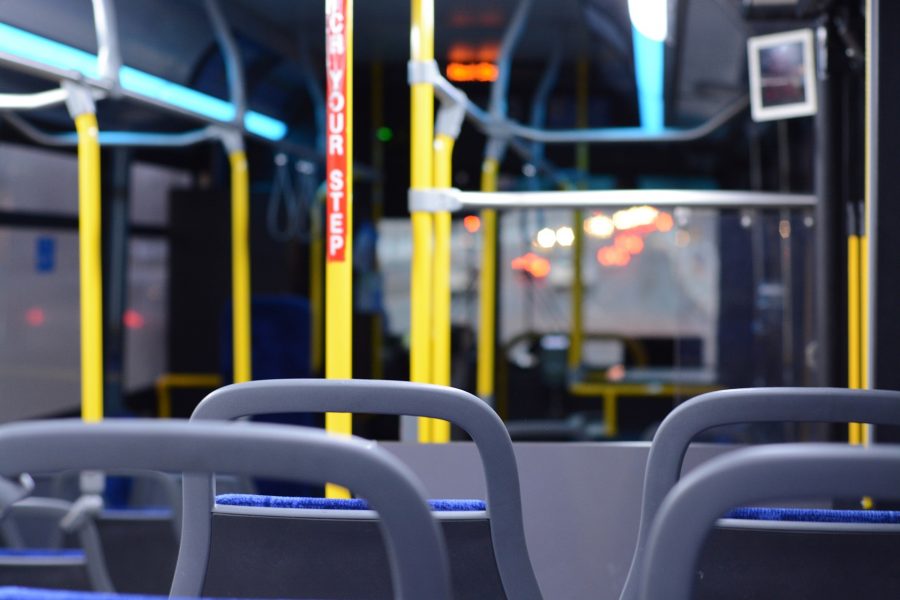Highways, airlines, and Amtrak all carried more travel in August 2023 than the same month before the pandemic, according to data recently released by the U.S. Department of Transportation. Urban transit, however, is languishing at less than 72%, and it would be even lower except that August had one more business day in 2023 than in 2019. Agencies such as the Regional Cleveland Transit Authority and San Jose’s Valley Metro that were behind on their data reporting have caught up, so that can’t be used as an excuse for the industry’s overall poor performance.
Highway vehicle miles and transit ridership data were released October 5. Amtrak issued its monthly performance report the previous week, including passenger-miles. Airline data are based on Transportation Security Administration counts, which are updated daily. Air passenger-miles are reported by the Bureau of Transportation Statistics but they are further behind, having issued data only up through June.
Most downtowns are still doing poorly. Downtown Washington, D.C., for example, is seeing record vacancy rates as more companies announce that they aren’t renewing leases almost weekly. Since around 45% of transit commuters in major metropolitan areas worked in central-city downtowns before the pandemic, the movement of these jobs to other parts of urban areas that aren’t well served by transit has struck a permanent blow to transit ridership.
Of course, I’ve argued that this is the fault of transit agencies that have been so heavily subsidized that they haven’t felt the need to provide good service to non-downtown commuters.
Read the Free Cities Center’s new book on transportation called “Putting Customers First.”
Read this Free Cities Center article by John Seiler about how a crime wave is reducing transit ridership.
Transit agencies such as San Francisco BART that were heavily dependent on fares to fund their operations are now seeking voter approval for tax increases so they can keep operating relatively empty trains and buses. A recent survey found that voter support for Bay Area transit is declining. Though supporters still number more than 50%, measures on the ballot next fall will require 55% approval. BART and other agencies will no doubt use some of their increasingly scarce funds to “educate” (lobby) the public about the supposed benefits of subsidies to their operations.
Both urban and rural Highways saw more travel in August than in 2019. Urban roads carried 0.4% more vehicle-miles of travel while rural roads 1% more for a nationwide average of 0.7% more. The biggest increases were in Arizona, where driving was 43% greater than in 2019; Alaska (19%), Idaho (12%), Maine (11%), New Jersey (7%), and Arkansas (7%).
August Amtrak passenger-miles and air travel were both about 3% more than in 2019. Of course, domestic airliners carry more than 100 times as many passenger-miles as Amtrak, and when international air passenger-miles that start or end in the United States are added, the total is more than 200 times Amtrak.
I’ve linked an enhanced spreadsheet with detailed transit ridership data.
This article was reprinted with permission from The Antiplanner, a blog dedicated to ending government land-use regulation, comprehensive planning and transportation boondoggles.


